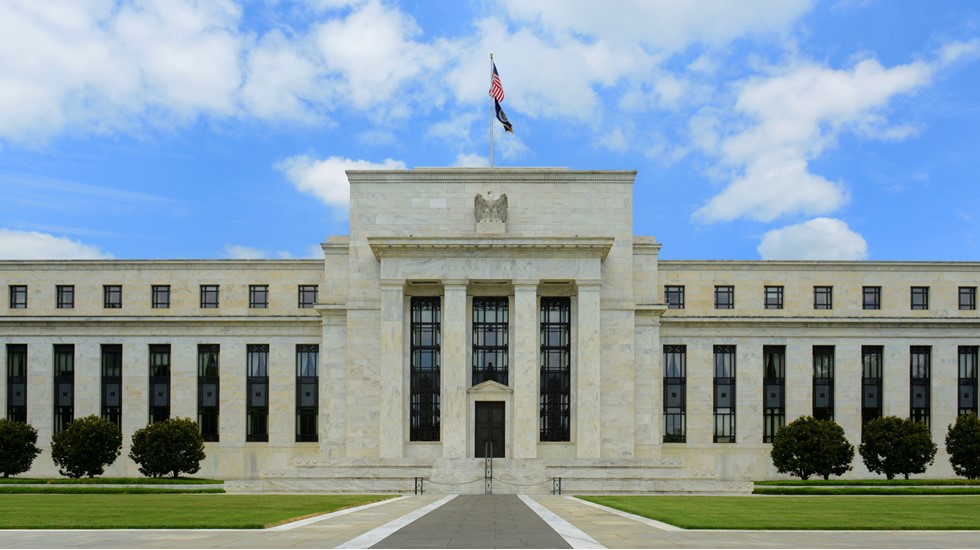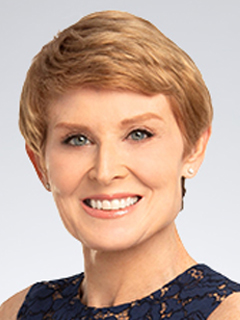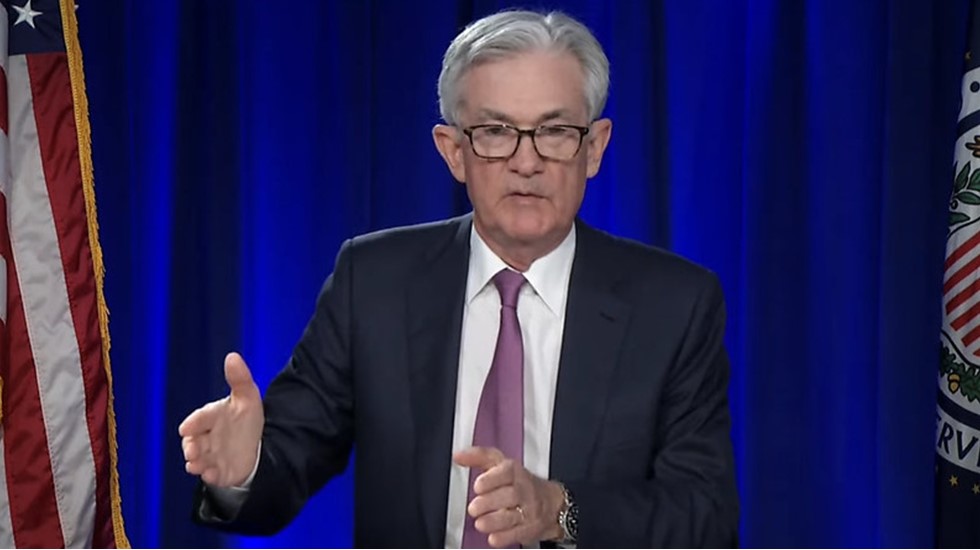Powell keeps head down
Forecast includes stagflation.

June 12, 2025
The Federal Open Market Committee - the policy setting arm of the Federal Reserve - is widely expected to resist the mounting political pressure to cut rates preemptively to avert a slowdown in the overall economy. The relatively benign inflation reports of late have provided little reassurance to the Fed with regard to the effects of tariffs, given extraordinary efforts to front-run tariffs and stockpile cheaper goods ahead of their impact in the first quarter. Those efforts and price cuts to shore up the cash positions of some of the most at-risk online firms have blunted the initial effect of tariffs on prices.
The Fed remains attuned to the size and scope of tariffs, the supply chain disruptions that are emerging with the fluctuations in tariff regimes and how those shifts could affect both sides of the Fed’s dual mandate of maintaining price stability and full employment. History has proven repeatedly that full employment cannot be attained without ensuring price stability. That has put the Fed in the uncomfortable position of standing pat on rate cuts longer than it might have earlier in the year, before tariffs took center stage.
The Fed is expected to release its forecasts for economic growth, unemployment and the trajectory of rate cuts. It would only take a small contingent to shift the consensus of two rate cuts this year to one. That is highly probable. The forecast already implied a mild bout of stagflation during its last iteration in March, which both inflation and unemployment expected to rise. Look for a similar forecast, although the forecast for inflation could be higher given the disruptions to supply chains currently underway.
Tensions with China have already taken a toll on some production, as the rare earths needed to complete assemblies were temporarily halted. The Chinese have lifted the export licenses for rare earths for six months as negotiations over trade continue, but that leaves them with a significant amount of leverage should negotiations deteriorate.
In a move reminiscent of the pandemic, shipping costs have soared, as companies scrambled to get goods into the country before the 90-day pause in the most prohibitive tariffs with China. The surge in the Baltic Index, which tracks 12 shipping routes, jumped at its fastest two-day pace on record in early June.
Look for Fed Chairman Jay Powell to affirm his commitment to stay in his position through May 2026. His board seat lapses in January 2028 and he is not expected to stay on to serve the remainder of his term as Board member, although he has not definitively said so.
The Treasury bond market has decoupled from equity markets and grown more leery of shifts in economic policy. Part of that reflects a shift in the composition of buyers of our Treasury debt from major central banks, which tend to hold debt to maturity, to individual investors who are more price sensitive and require compensation for the risk of lending longer term.
That has created a floor under Treasury bond yields and left rates higher on long-term maturities than we have seen in the recent past. That is a part of the bond market that has proven more sensitive to economic policy decisions and the uncertainty that has been stoked by on-and-off again tariff pronouncements.
The president has said that he intends to name a successor to Powell soon. There has even been talk in the press of a shadow Fed chair to influence Fed decisions and market movements. Treasury bond market participants have made clear that they would resist any direct political interference in rate decisions. That could counter efforts by the Fed to eventually cut rates and stimulate when it is needed most.
Treasury bond market participants have made clear that they would resist any direct political interference in rate decisions.

Diane Swonk
KPMG Chief Economist
Explore more

Powell in “wait and see” mode
The Fed is in no hurry to decide on rates.

KPMG Economics
A source for unbiased economic intelligence to help improve strategic decision-making.

Walking a tightrope: Biannual economic outlook
Aggressive rate cuts could destabilize the bond market.
Subscribe to insights from KPMG Economics
KPMG Economics distributes a wide selection of insight and analysis to help businesses make informed decisions.
Meet our team
